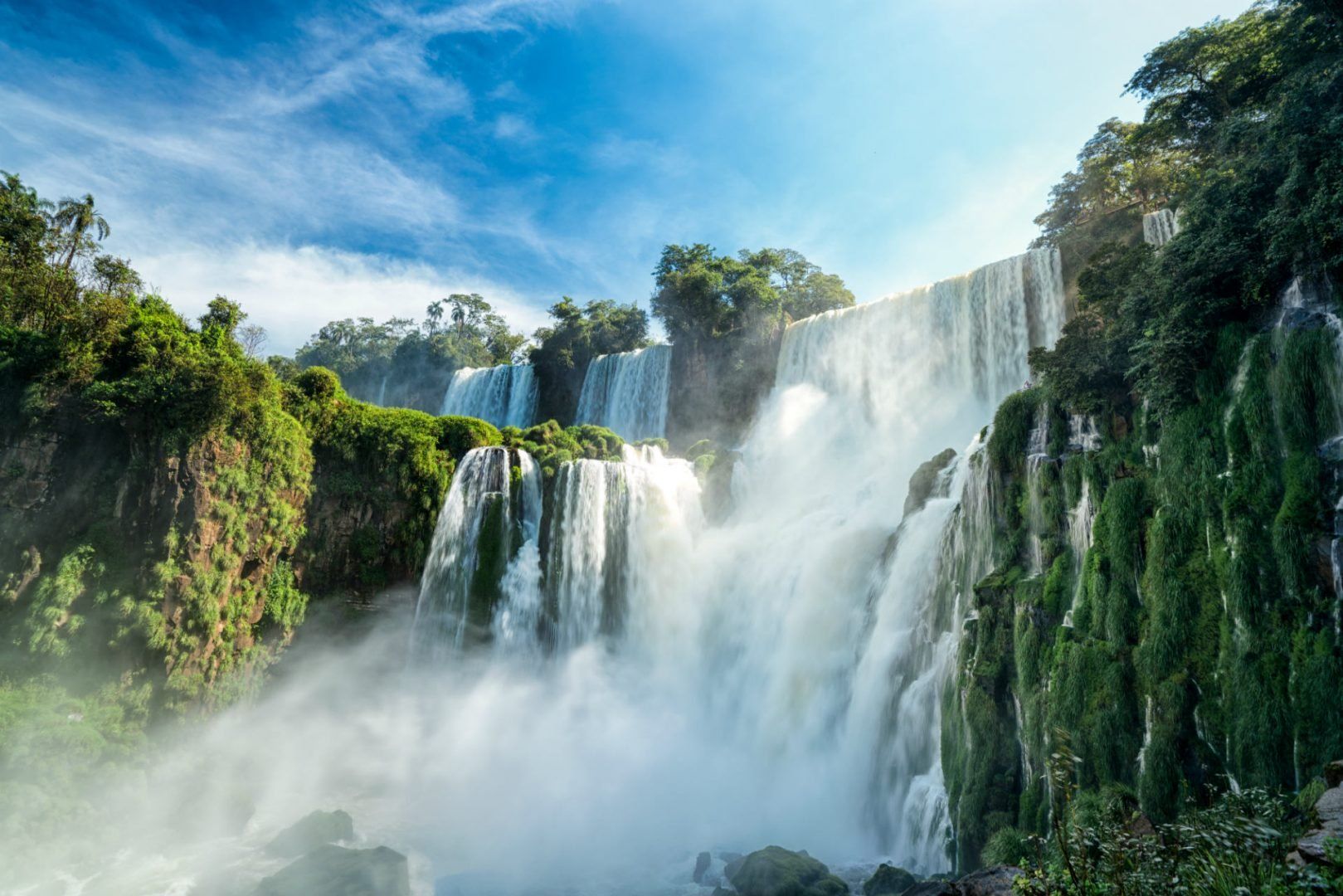4. Stroll through San Telmo, Buenos Aires
San Telmo is a small barrio in Buenos Aires, known for its charming, decaying facades and cobbled streets.
The barrio was once home to grand mansions, but became a tenement neighbourhood after a yellow fever epidemic. The area's original features were preserved, making it a popular destination for tourists, bohemians, students, and artists.
San Telmo is also famous for its Sunday antiques market and its association with tango, and a great place from which to enjoy some of the best things to do Buenos Aires.
Want to linger longer in the capital? Read up on where to stay in Buenos Aires.
How to get to San Telmo
Located just south of the city center (Microcentro), San Telmo is easily accessible.
By subway (Subte), take Line C to Independencia Station, or Line D to Catedral Station, then walk 10–15 minutes.
It’s also a pleasant 15–20-minute walk from Plaza de Mayo.
When to visit San Telmo
San Telmo is vibrant year-round, but the best time to visit is on Sundays, during the San Telmo Feria (market), when Defensa Street fills with antique stalls, tango dancers, food vendors, and local artisans.
The best seasons to visit are spring (Sept–Nov) and fall (Mar–May), which offer mild weather that’s ideal for exploring.






















